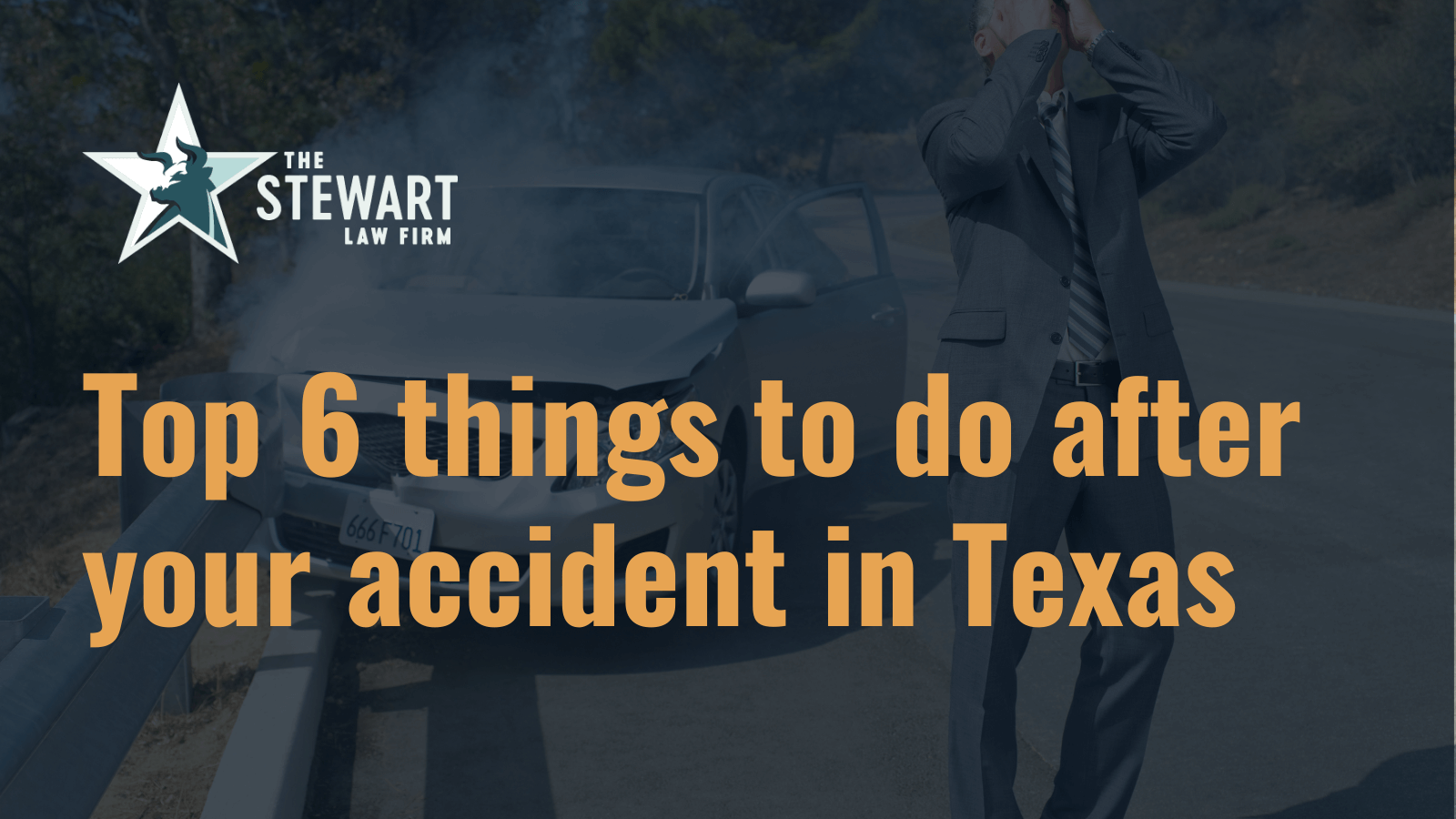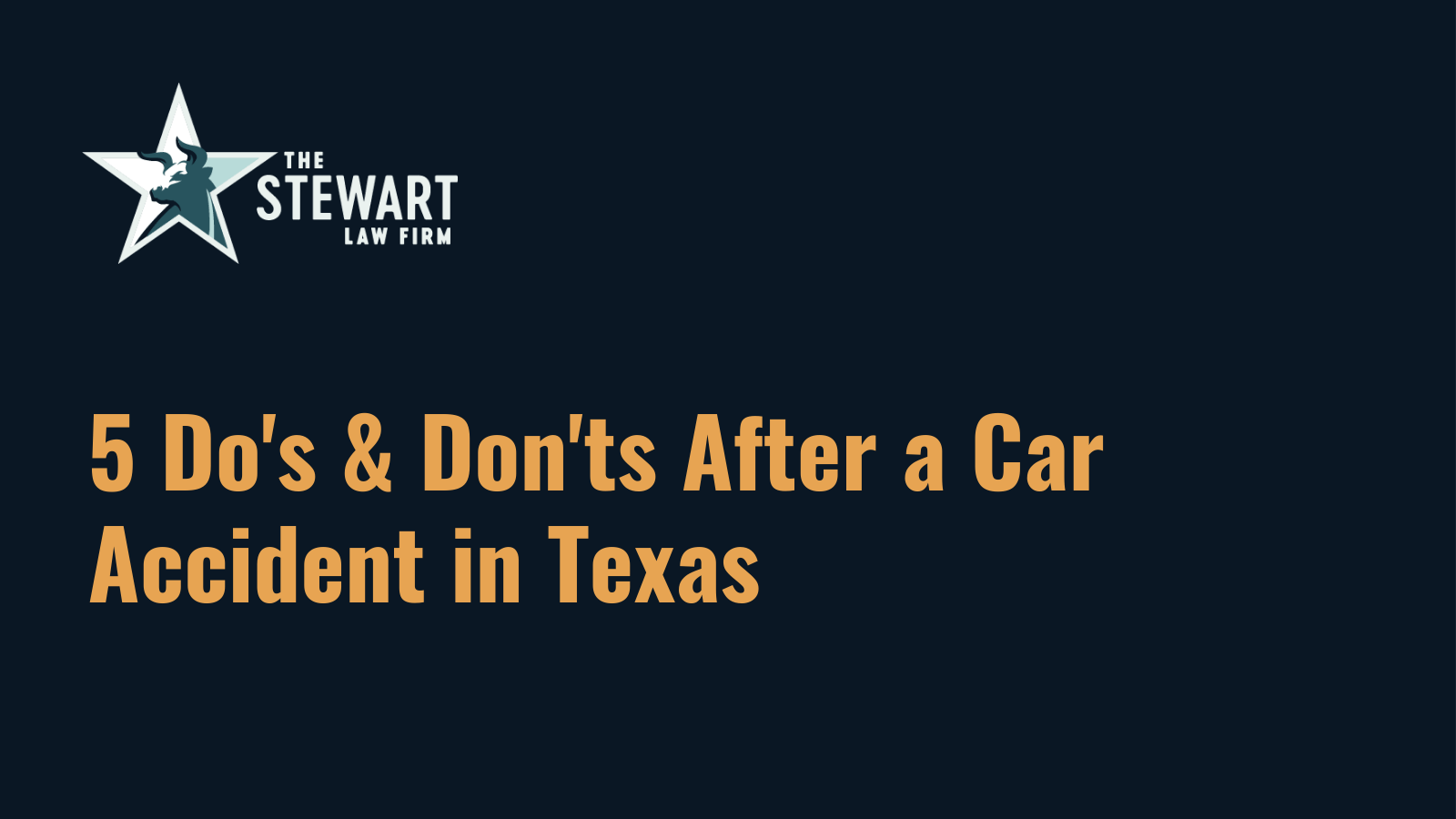Multiple vehicle car accidents, often referred to as pile-ups, can leave victims feeling overwhelmed and unsure of where to turn. The aftermath of such accidents can be devastating, affecting your health, your finances, and your future.
At The Stewart Law Firm, our legal team is here to help you through the legal process of these claims. With a proven track record of successfully advocating for our clients, our attorneys are not only experienced in personal injury law, but we are committed to providing personal attention to each case, understanding your specific needs.
In this blog, we will discuss the common causes of multi-vehicle accidents, how fault is determined, and the steps you should take after being involved in such an incident. We’ll also discuss the types of compensation you may be entitled to and why these claims are often more complex than standard car accidents. By the end, you’ll have a clearer understanding of how to protect your rights and pursue the compensation you deserve.
What Are Multiple-Vehicle Accidents?
A multiple-vehicle accident involves three or more vehicles and often occurs in high-traffic areas, on highways, or during adverse weather conditions. These crashes can be triggered by a single negligent act that sets off a chain reaction, with the potential for severe consequences and fatalities.
Types of Compensation Available for Multiple-Vehicle Car Accident Claims
Victims of multiple-vehicle accidents in Texas may be entitled to several types of compensation, including:
-
- Medical Expenses: Covering hospital stays, surgeries, physical therapy, and future medical care.
- Lost Wages: Compensation for time missed at work and reduced earning capacity.
- Property Damage: Repair or replacement costs for your vehicle and other belongings.
- Wrongful Death: If the accident results in a fatality, surviving family members may be entitled to compensation for loss of companionship, funeral expenses, and other related costs.
- Pain and Suffering: Addressing the physical and emotional toll of the accident.
- Loss of Enjoyment of Life: For injuries that impact your ability to enjoy daily activities.
Understanding the cause of the accident is crucial in determining fault and filing a claim. Under Tex. Civ. Prac. & Rem. Code § 16.003, the statute of limitations for filing a personal injury claim after a car accident is two years from the date of the accident.
This means you must initiate legal action within two years, or you could lose your right to seek compensation for your injuries and damages. It’s essential to act quickly and consult with a car accident attorney to ensure your claim is filed within this time frame.
Common Causes of Multi-Vehicle Accidents
- Distracted driving: Texting while driving, eating, driving under the influence (DUI), or other distractions can cause drivers to miss braking in time.
- Speeding: Excessive speed reduces reaction time and increases the severity of crashes.
- Tailgating: Following too closely can lead to chain-reaction collisions.
- Poor weather conditions: Rain, fog, or icy roads can create hazardous driving conditions.
- Sudden stops: Unexpected braking can catch drivers off guard.
Determining Fault in a Multiple-Vehicle Accident
Assigning fault in a multi-car accident can be challenging since multiple drivers may share responsibility. In Texas, liability is determined using the modified comparative fault rule (Tex. Civ. Prac. & Rem. Code § 33.001). This means:
- You can recover compensation as long as you are 50% or less at fault
- Your compensation will be reduced by the percentage of your fault
For example, if you are found 20% at fault and your damages total $50,000, you would receive $40,000 (80% of the total). Consulting with a knowledgeable lawyer can guide you in the legal process of identifying fault in the accident.
What to Do After a Multiple-Vehicle Accident
If you’re involved in a multi-vehicle accident, following these steps can safeguard your well-being and protect your legal interests:
- Seek Medical Attention: Prioritize your health by seeking medical care immediately, even if injuries seem minor. Some injuries, such as whiplash, spinal cord injury, back injury, or internal brain trauma, may not show symptoms right away.
- Call the Police: An official police report is crucial for documenting the accident and identifying the involved parties. A police report can be a key piece of evidence in establishing fault.
- Gather Evidence: Evidence is critical when processing your claims after an accident. Here are some steps to take:
-
-
- Take photos of the accident scene, vehicle damage, and any visible injuries.
- Exchange contact and insurance information with all drivers involved.
- Collect contact information from witnesses.
-
- Refrain from Admitting Fault: Avoid making statements about fault at the scene, as these could be used against you later. Even a comment like “I didn’t see the other car” or a simple “I’m sorry” could be interpreted as an admission of fault.
- Notify Your Insurance Company: Report the accident to your insurer as soon as possible, but avoid providing a recorded statement without consulting a lawyer first. Insurance companies may attempt to minimize the payout or shift blame.
- Contact a Lawyer: A Texas-based car accident lawyer can help you navigate the legal complexities of multi-vehicle accident claims and ensure your rights are protected throughout the process under Texas state law.
Contact Our Experienced Car Accident Lawyers at The Stewart Law Firm Today
At The Stewart Law Firm, we understand the unique challenges victims face after a multi-vehicle car accident. Our team is committed to providing personalized legal representation and compassionate support throughout the entire process, guiding you through the legal steps and helping you focus on your recovery.
If you or your loved one has been involved in a multiple-vehicle car accident in Texas and is in need of legal assistance during this difficult time, contact us at (512) 326-3200 or visit our website to schedule a consultation.





